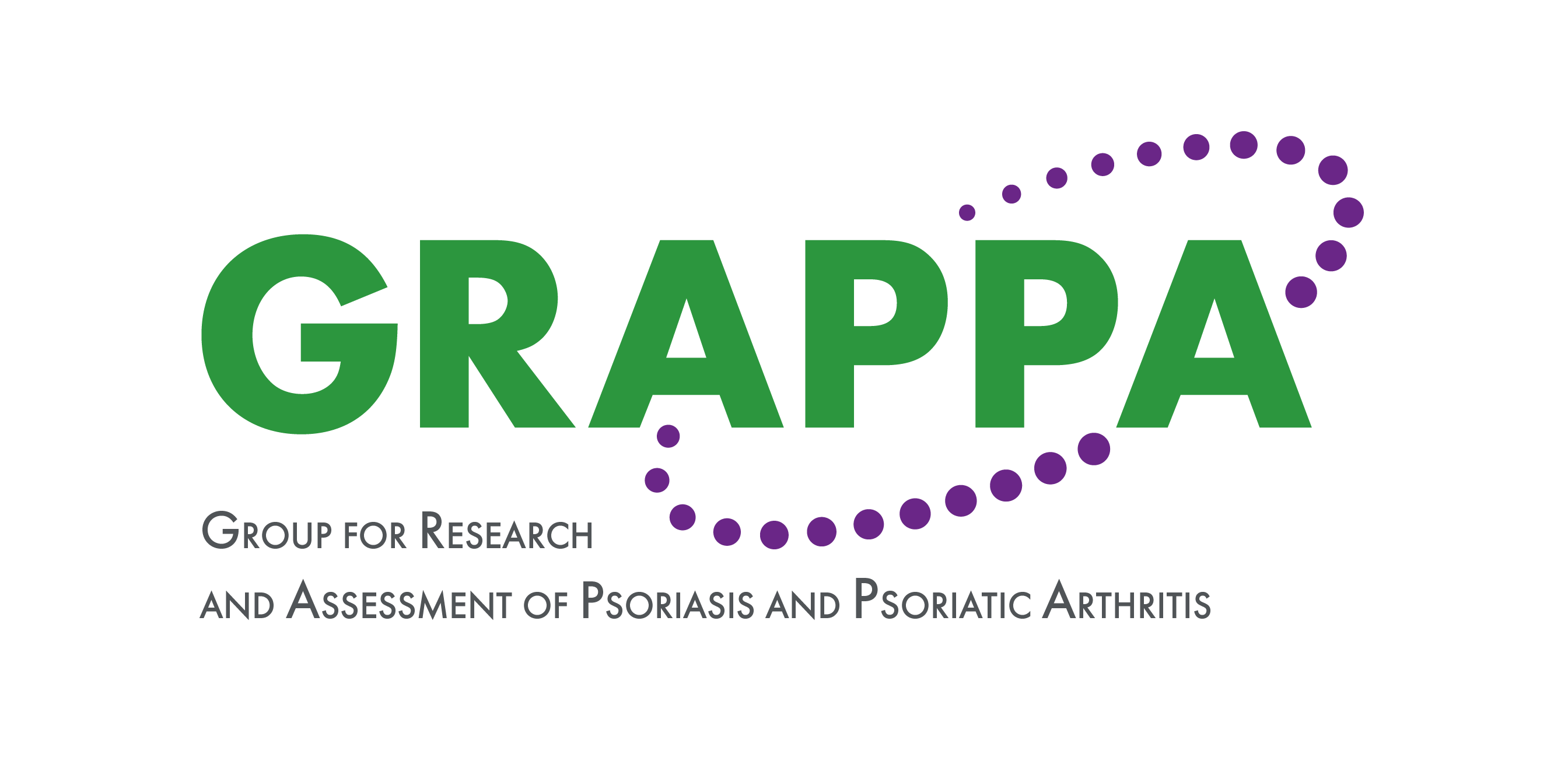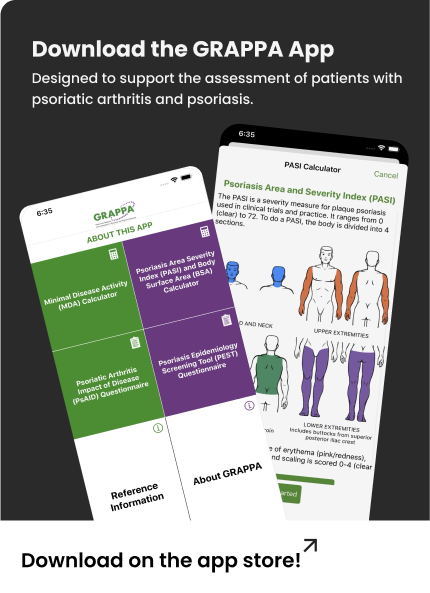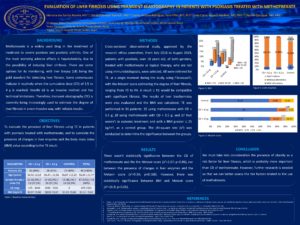Evaluation of liver fibrosis using transient elastography in patients with psoriasis treated with methotrexate
Abstract Process
Aenean lacinia dui sed nisl porttitor, sed sodales quam euismod. Fusce et sem quam. Sed in sem quis est hendrerit vestibulum sed at risus. Ut volutpat ornare nulla, vitae ullamcorper sapien imperdiet non. Quisque tristique enim vel purus faucibus fringilla. Ut pellentesque arcu vel rhoncus convallis. Mauris tincidunt elementum dictum. Nunc luctus tortor mattis vestibulum lobortis. Praesent egestas, magna nec viverra feugiat, elit nisl dignissim nulla, non aliquam nisi sem vitae ipsum. In est magna, congue a ipsum sit amet, pulvinar sagittis augue. Nullam et purus egestas, vestibulum dolor eu, dignissim enim. Fusce pretium auctor urna, id volutpat erat tempor vitae. Ut et pharetra arcu, ornare sollicitudin ligula. Pellentesque vel facilisis risus. Mauris vestibulum tortor in quam hendrerit posuere. Ut viverra nibh neque, malesuada gravida orci semper et.
Duis sed purus in lacus pretium commodo. Mauris blandit mattis urna, id malesuada felis efficitur at. Cras tincidunt in urna id aliquet. Nunc ac imperdiet ex. Integer eget dictum enim. Nullam lobortis ut mauris at porttitor. Curabitur iaculis malesuada auctor.

Background and Objective
Methotrexate is a widely used drug in the treatment of moderate to severe psoriasis and psoriatic arthritis. One of the most worrying adverse effects is hepatotoxicity, due to the possibility of inducing liver cirrhosis. There are some options for its monitoring, with liver biopsy (LB) being the gold standard for detecting liver fibrosis. Some consensuses indicate it routinely when the cumulative dose (CD) of 3.5 to 4 g is reached. Needle LB is an invasive method and has technical limitations. Therefore, transient elastography (TE) is currently being increasingly used to estimate the degree of liver fibrosis in a non-invasive way, with reliable results.
Objectives
To evaluate the presence of liver fibrosis using TE in patients with psoriasis treated with methotrexate; and to correlate the presence of changes in liver enzymes and the body mass index (BMI) value according to the TE result.
Methods
Cross-sectional observational study, approved by the research ethics committee. From July 2018 to August 2019, patients with psoriasis, over 18 years old, of both genders, treated with methotrexate or topical therapy, who are not using immunobiologicals, were selected. All were referred for TE, at a single moment during the study, using Fibroscan, with the Metavir score estimating the degree of liver fibrosis, ranging from F0 to F4. A result > F2 would be compatible with significant fibrosis. The results of liver biochemistry were also evaluated and the BMI was calculated: < 25 kg/m2 (underweight or healthy weight), 25-30 kg/m2 (overweight) and > 30 kg/m2 (obesity). TE was performed in 90 patients: 35 using methotrexate with CD < 3.5 g; 28 using methotrexate with CD > 3.5 g; and 27 that weren’t in systemic treatment and with a BMI greater ³ 25 kg/m2, as a control group. The chi-square test (x2) was conducted to determine the significance between the groups.
Results
There wasn’t statistically significance between the CD of methotrexate and the the Metavir score (x2=2.57; p=0.86), nor between the presence of changes in liver enzymes and the Metavir score (x2=5.04; p=0.168). However, there was statistically significance between BMI and Metavir score (x2=16.8; p=0.01).
Conclusion
We must take into consideration the presence of obesity as a risk factor for liver fibrosis, which is probably more important than CD of methotrexate. However, further research is needed so that we can better assess the risk factors related to the use of methotrexate.


